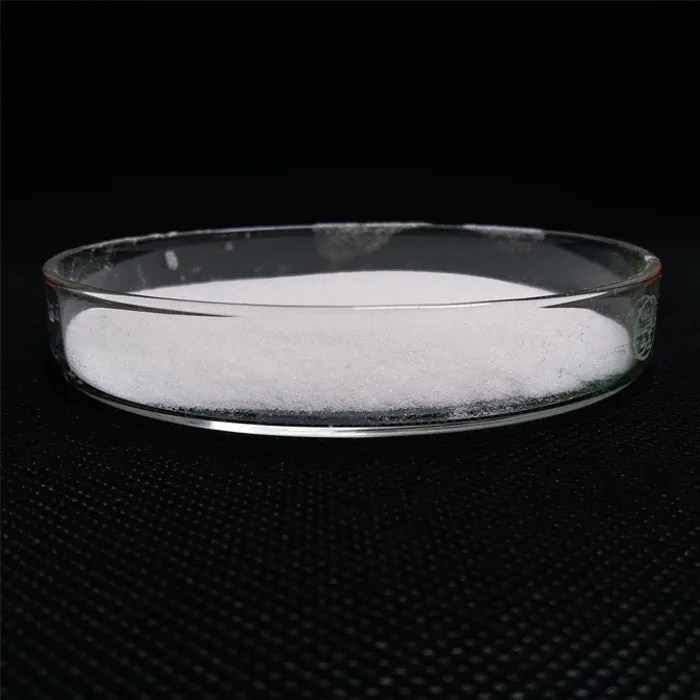The Function of Coagulation in Water Treatment
Water is an essential resource for life, and ensuring its cleanliness is critical for public health and environmental sustainability. One of the primary methods employed in water treatment is coagulation, a process that helps to remove suspended solids and impurities from water. This article explores the function of coagulation in water treatment and highlights its significance in producing safe and clean drinking water.
Coagulation is the first step in the water treatment process, following initial screening and pre-treatment stages. During this phase, chemical coagulants, such as aluminum sulfate (alum) or ferric chloride, are added to the water. These coagulants act by neutralizing the electric charges of suspended particles. In natural water bodies, these particles often possess a negative charge that keeps them dispersed. When coagulants are introduced, they destabilize these charges, allowing the particles to clump together—a process known as flocculation.
The formation of flocs, which are larger aggregates of particles, is a vital aspect of the coagulation process. Once flocs are formed, they become heavy enough to settle at the bottom of the treatment basin, making it easier to remove them from the water. This sedimentation phase often follows coagulation in a water treatment facility. The efficiency of this step significantly affects the overall quality of the treated water, as a substantial reduction in turbidity and particulate matter is achieved.
One notable advantage of coagulation is its effectiveness in removing a wide range of contaminants, including organic matter, bacteria, viruses, and heavy metals. In addition to physical removal, coagulation can lead to the reduction of specific chemical contaminants. For example, coagulants can bind with dissolved organic compounds, resulting in their removal during subsequent filtration processes. This multifaceted approach is essential in ensuring that the water is not only visually clear but also free from harmful substances.
function of coagulation in water treatment

Moreover, the effectiveness of the coagulation process can be influenced by various factors, such as pH levels, temperature, and the presence of competing ions in the water. Chemical dosage is another critical variable; too little may result in ineffective coagulation, while too much can introduce additional contaminants. Therefore, water treatment facilities often conduct jar tests to determine the optimal coagulant dosage before large-scale application.
Another aspect of coagulation that merits attention is its role in environmental sustainability. By effectively removing impurities and pathogens, coagulation reduces the need for harsh chemical disinfection methods, such as chlorination, which can produce harmful by-products. As water scarcity becomes an increasingly pressing global issue, efficient treatment processes like coagulation help conserve resources and ensure that clean water remains accessible.
Furthermore, advancements in technology and research continue to refine coagulation processes. Innovations such as the use of polymeric coagulants and the combination of different treatment methods are being explored to enhance performance and efficiency. These advancements not only improve the quality of treated water but also contribute to the sustainability of water treatment practices.
In conclusion, coagulation plays a crucial role in water treatment by removing suspended particles, pathogens, and harmful chemicals from water sources. Its effectiveness, coupled with its contribution to environmental sustainability, makes it an indispensable process in the quest for providing clean and safe drinking water. As water treatment technologies evolve, the integration of advanced coagulation methods will continue to enhance the quality of water, safeguarding public health and preserving vital resources for future generations.

